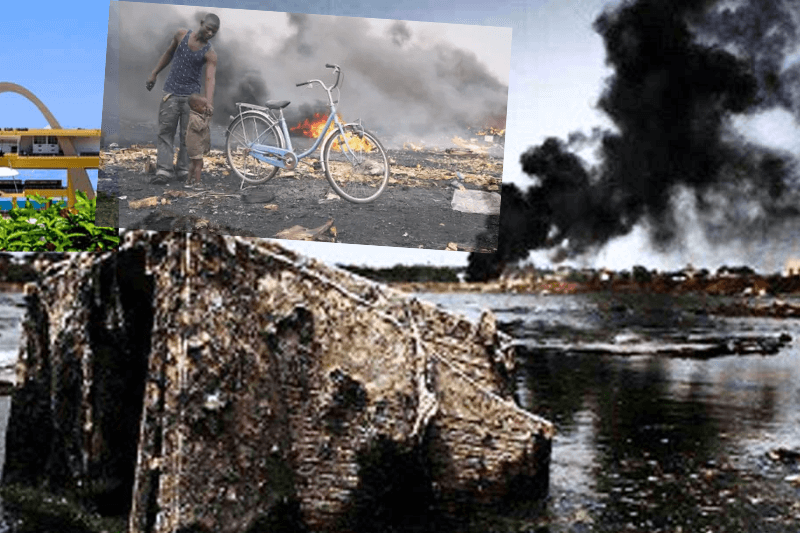
Globally Hazardous: The Secrets of Earth’s Most Toxic Sites
Step into a world where danger lurks beneath the surface, where unseen toxins permeate the very fabric of our Earth. Welcome to the realm of globally hazardous sites, a chilling testament to humanity’s unchecked progress. Some of the most toxic locations on our planet, their secrets waiting to be unearthed. Brace yourself for an exploration that will open your eyes to the devastating consequences of our actions and compel us all to take responsibility for healing our wounded planet.
In the relentless march of progress over the last century, humanity has achieved remarkable feats in science and technology, transforming the way we live. However, this journey has left an indelible mark on our planet – a distressing trail of waste that encompasses various pollutants: chemical, nuclear, basic garbage, and electronic waste. The environmental consequences are dire, rendering several locations across the globe nearly uninhabitable.
1. Chernobyl, Ukraine: A Haunting Ghost Town
Chornobyl stands as a chilling testament to the catastrophic impact of the worst nuclear power plant accident in human history. The town, once vibrant, now lies deserted, cloaked in the eerie aftermath of the disaster. Its haunting ruins serve as a stark reminder of the devastating consequences of unchecked technological ambition.
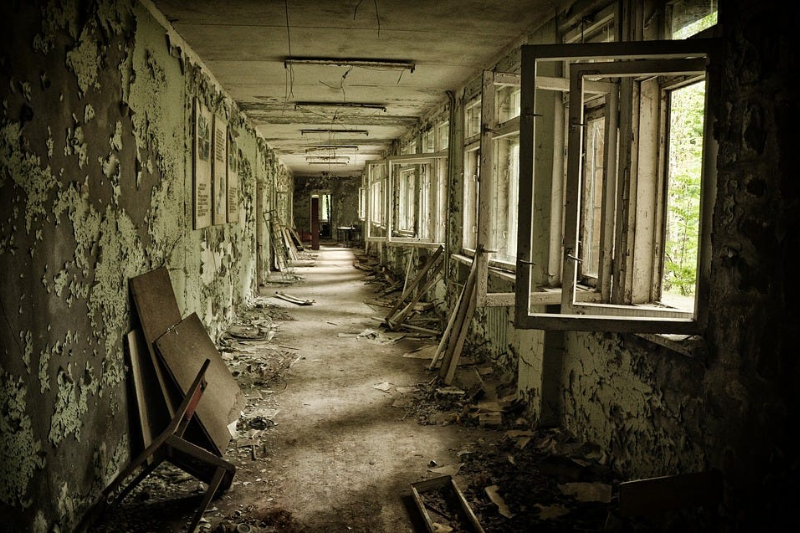
2. Love Canal, New York: Toxicity in the Heart of America
While our exploration primarily focuses on global hotspots, it’s crucial to acknowledge toxic sites in the United States. Love Canal in New York stands out, symbolizing the hazardous legacy of chemical waste disposal. This site, declared extremely toxic, epitomizes the repercussions of shortsighted environmental practices.
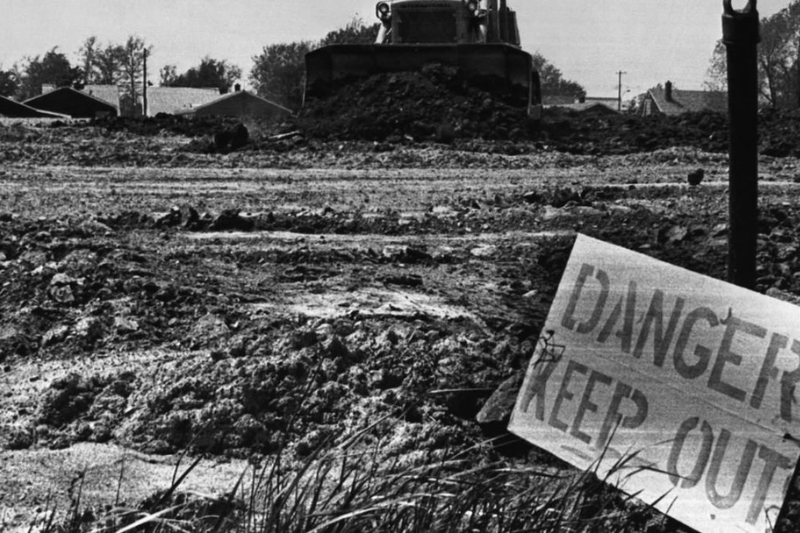
3. Linfen, China: A City Shrouded in Smog
Linfen, often termed the “most polluted city in the world,” is a stark illustration of the perils of unbridled industrialization and automobile pollution. The air quality here is so abysmal that even clothes left out to air dry can succumb to the pervasive blackness, underlining the severity of the environmental crisis.
4. The Great Pacific Garbage Patch: Plastic Ocean Menace
A colossal island of plastic waste, spanning an area over two times the size of Texas and plunging over thirty feet deep, floats ominously in the Pacific Ocean. The Great Pacific Garbage Patch is a stark reminder of our careless disposal of plastic, threatening marine ecosystems and underscoring the urgent need for global action.
5. Rondonia, Brazil: Deforestation’s Devastating Impact
In the heart of the Amazon Rainforest, Rondonia emerges as the most deforested region. Vast expanses of greenery have yielded to the destructive forces of slash-and-burn practices, replaced by cattle ranches. This environmental tragedy highlights the urgent need for sustainable practices to preserve the invaluable rainforest.
Keep Reading
6. Yamuna River, India: Battling Persistent Pollution
Despite commendable governmental efforts to cleanse the Yamuna River, it continues to bear the brunt of unchecked waste disposal. With New Delhi alone contributing a staggering 3,296 MLD of sewage daily, the underfunded treatment facilities struggle to cope. The river remains a poignant example of the challenges in managing water pollution on a colossal scale.
7. La Oroya, Peru: A Town Poisoned by Lead
The lead smelter in La Oroya, operated by North American company Doe Run, has unleashed massive lead pollution, reaching alarming levels in the bloodstreams of local children. This environmental catastrophe underscores the far-reaching consequences of industrial negligence and its severe impact on public health.
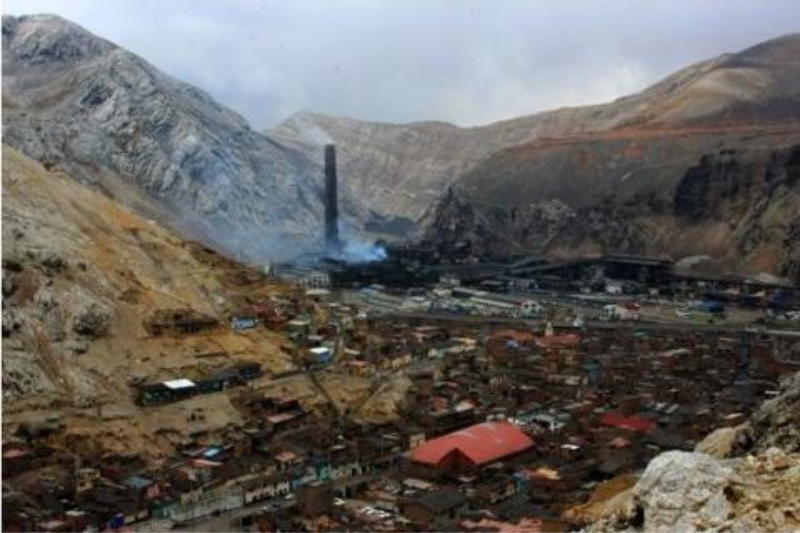
8. Lake Karachay, Russia: A Lethal Cocktail of Radiation
Lake Karachay stands as a chilling testament to the perils of nuclear waste dumping. The radiation levels here are so potent that exposure for just an hour can be lethal. Workers in nearby nuclear facilities face heightened cancer risks, and the specter of birth defects and leukemia looms large over the region. The potential spread of radioactivity through air and river water raises grave concerns.
9. Space Debris: Earth’s Orbital Menace
Even beyond our planet, humanity has left an enduring mark on space. Over 4 million pounds of space debris and vacant spacecraft orbit the Earth, posing a significant threat. The proliferation of space debris raises alarms about potential accidents that could disrupt satellites and communication systems crucial for modern life.
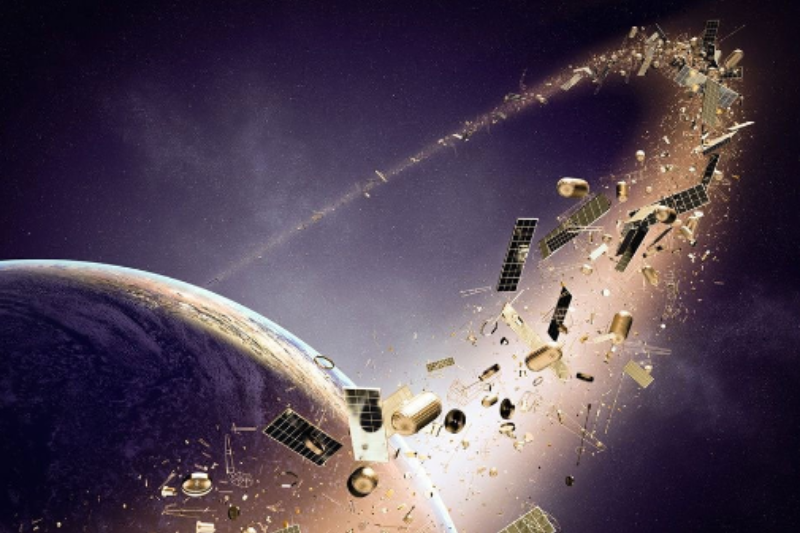
In conclusion, the world grapples with the devastating consequences of unchecked industrialization, pollution, and environmental mismanagement. The tales of these toxic places serve as cautionary narratives, urging us to reassess our relationship with technology and the environment.

